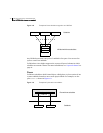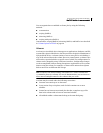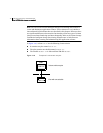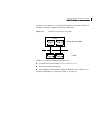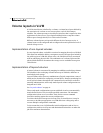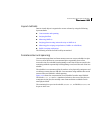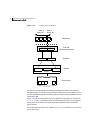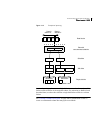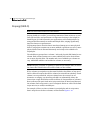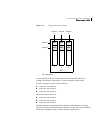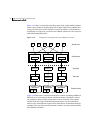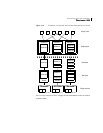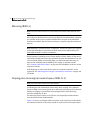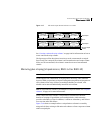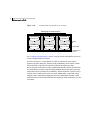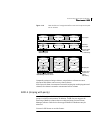
38 Understanding Veritas Volume Manager
Volume layouts in VxVM
Striping (RAID-0)
Note: You need a full license to use this feature.
Striping (RAID-0) is useful if you need large amounts of data written to or read
from physical disks, and performance is important. Striping is also helpful in
balancing the I/O load from multi-user applications across multiple disks. By
using parallel data transfer to and from multiple disks, striping significantly
improves data-access performance.
Striping maps data so that the data is interleaved among two or more physical
disks. A striped plex contains two or more subdisks, spread out over two or more
physical disks. Data is allocated alternately and evenly to the subdisks of a
striped plex.
The subdisks are grouped into “columns,” with each physical disk limited to one
column. Each column contains one or more subdisks and can be derived from
one or more physical disks. The number and sizes of subdisks per column can
vary. Additional subdisks can be added to columns, as necessary.
Caution: Striping a volume, or splitting a volume across multiple disks, increases
the chance that a disk failure will result in failure of that volume.
If five volumes are striped across the same five disks, then failure of any one of
the five disks will require that all five volumes be restored from a backup. If each
volume is on a separate disk, only one volume has to be restored. (As an
alternative to striping, use mirroring or RAID-5 to substantially reduce the
chance that a single disk failure results in failure of a large number of volumes.)
Data is allocated in equal-sized units (stripe units) that are interleaved between
the columns. Each stripe unit is a set of contiguous blocks on a disk. The default
stripe unit size (or width) is 64 kilobytes.
For example, if there are three columns in a striped plex and six stripe units,
data is striped over the three columns, as illustrated in Figure 1-14.



